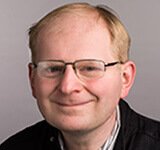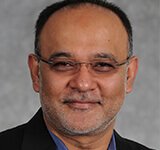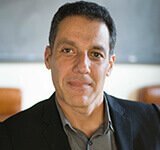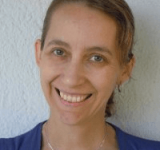One of the goals of computer graphics is to create images, scenes, and videos that appear real and indistinguishable from live-captured content. This goal is now quite achievable as images and videos can be synthesized with a level of realism such that we can’t tell if the content shown to us is just live-captured content, or some mixture of live content, with added manipulations and edits, or completely synthetic. While the ability to create such synthetic or hybrid content is a much-needed tool for entertainment and story-telling, it can also be used to distort the truth. Recently, we have witnessed a significant increase in both the number and success of manipulations in media. Modern graphics techniques are creating challenges for journalistic processes as truth can be easily manipulated and then shared widely. Tools from computer graphics and multimedia can now create images and videos that are indistinguishable from the real and are therefore very effective at manipulating the beliefs of consumers.
The goal of this inaugural workshop is to bring together researchers and practitioners in all aspects of media creation to understand the challenges as tools for manipulation are made available widely. We will discuss the tools and the issues around how these technologies impact society, and reflect on the responsibilities of both the technology creators and users of these technologies.
The format of this workshop will include invited speakers to set the stage for this conversation.
A $40 registration fee is required by 9am Pacific Time on Tuesday Aug 7 to attend lunch. Unregistered attendees may participate if space allows, but lunch will not be provided.

Speaker

Speaker

Speaker

Speaker

Speaker

Speaker

Speaker
